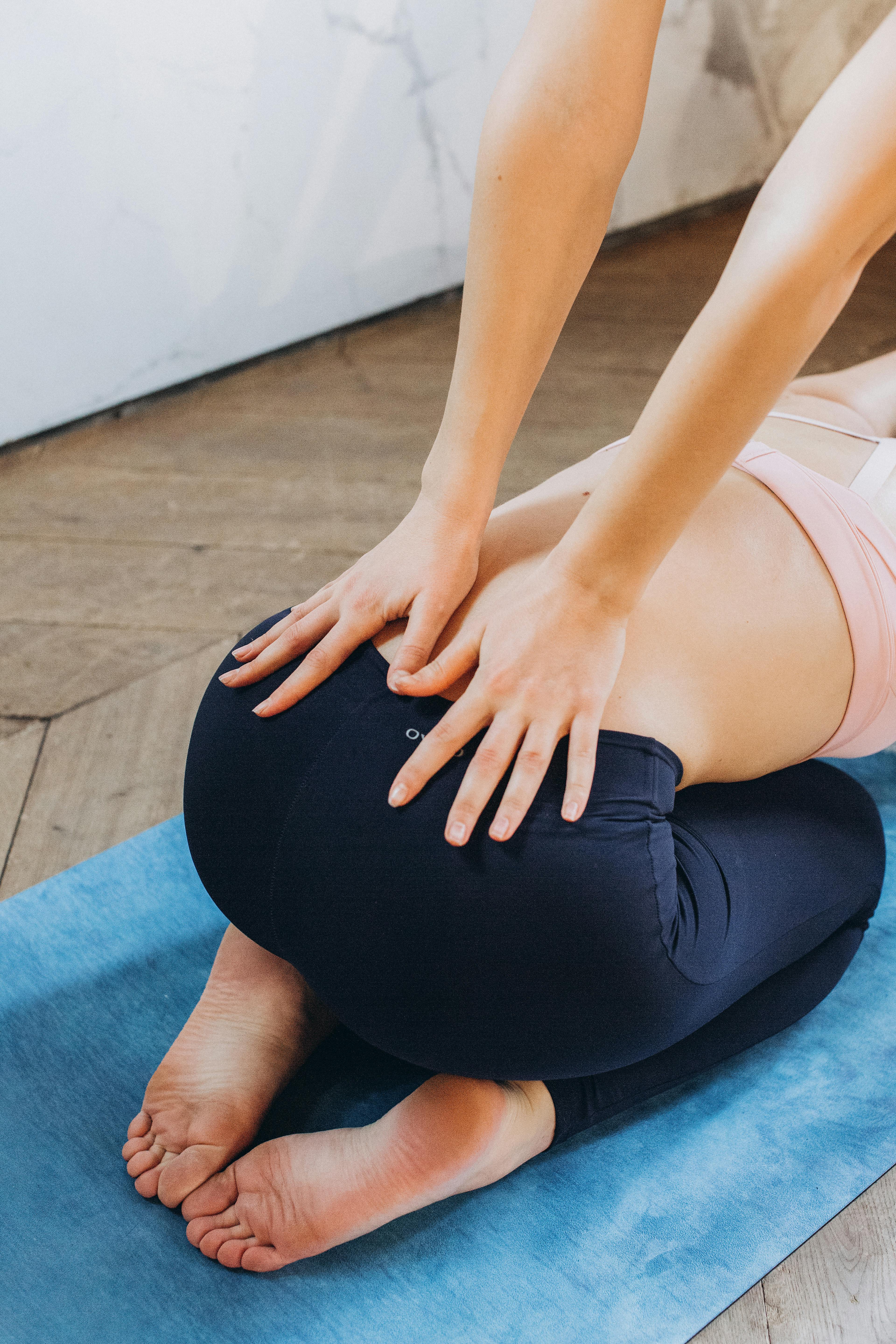Tips for Practicing Mindfulness: A Complete Guide to Enhancing Well-Being
In today’s fast-paced world, many people seek ways to improve their mental and emotional well-being. Mindfulness is a powerful tool that can help you achieve just that. This guide will introduce you to effective tips for practicing mindfulness, show you how to implement them, and explain advanced applications for deeper practice.

Understanding the Fundamentals
Mindfulness is the practice of paying focused, non-judgmental attention to the present moment. It is a mental state that can significantly improve your emotional regulation, reduce stress, and enhance overall well-being. Mindfulness has gained widespread popularity in recent years, particularly in the fields of psychology and wellness, due to its numerous benefits.
It is important to understand the basics of mindfulness before diving deeper into techniques. At its core, mindfulness involves accepting each moment as it is without judgment, allowing you to experience life more fully and with greater clarity.
1.1 Focus on the Present Moment
The primary principle of mindfulness is being fully present in the moment. This means letting go of distractions and mental chatter. Studies show that mindfulness can reduce stress and enhance concentration by helping individuals focus on the here and now.
A simple way to practice this is to pay attention to your breathing. Focus on each breath as it enters and exits your body. This simple practice can significantly enhance your ability to stay present throughout the day.
1.2 Non-Judgmental Awareness
Mindfulness is also about accepting your thoughts and feelings without labeling them as good or bad. Many people tend to judge their emotions or thoughts, which can lead to stress or anxiety. Practicing mindfulness helps you observe your thoughts without reacting to them.
For example, if you feel anxious, instead of judging the anxiety as something negative, simply acknowledge it as part of the present moment. This can reduce the emotional intensity of the feeling and allow you to approach it with greater calmness.
Practical Implementation Guide
Now that we understand the core principles of mindfulness, it’s time to look at how to implement them in everyday life. By following a few simple steps, you can start integrating mindfulness into your routine and experience its benefits.

2.1 Actionable Steps
- Start with Breath Awareness: Find a quiet place, close your eyes, and focus on your breath. Notice how the air feels as it enters and exits your nostrils. This practice can help center your mind and improve concentration.
- Practice Mindful Eating: During meals, slow down and pay attention to each bite. Notice the flavors, textures, and sensations of the food. This can help you become more aware of your eating habits and promote healthier choices.
- Incorporate Mindfulness in Daily Tasks: Whether you are washing dishes or walking, try to engage all your senses in the task. Focus on the sights, sounds, and smells around you. This helps you stay present and make even mundane activities more enjoyable.
2.2 Overcoming Challenges
While mindfulness is beneficial, it can be challenging to maintain consistent practice. Here are some common obstacles and tips for overcoming them:
- Lack of Time: Set aside just five minutes a day to practice mindfulness. As you get more comfortable, gradually increase the time.
- Restlessness: It’s normal to feel restless during mindfulness practice. Try not to judge your thoughts or sensations. Gently guide your attention back to the present moment when your mind wanders.
- Difficulty Staying Focused: Begin with short bursts of mindfulness practice and gradually extend the duration as your focus improves.
Advanced Applications
Once you’ve mastered the basic techniques, you can explore more advanced mindfulness practices. These techniques help deepen your mindfulness experience and can be applied to specific areas of life for greater personal growth.

3.1 Mindfulness Meditation
Mindfulness meditation is a powerful way to enhance your mindfulness practice. It involves sitting quietly, focusing on your breath, and observing any thoughts or sensations that arise without judgment. Studies have shown that regular mindfulness meditation can reduce symptoms of anxiety and depression.
To start, find a quiet space, sit comfortably, and close your eyes. Focus on your breath, and whenever your mind wanders, gently bring it back to your breathing. Over time, this practice will help you develop greater mental clarity and emotional resilience.
3.2 Mindful Movement
Mindful movement practices such as yoga and Tai Chi combine physical activity with mindfulness. These practices encourage awareness of bodily sensations, breath, and movement. They can help improve flexibility, reduce stress, and increase body awareness.
If you’re new to mindful movement, consider starting with a beginner-friendly yoga class or following online guided sessions that emphasize slow, deliberate movements and breathing.
Future Outlook
Mindfulness is gaining recognition in many sectors, including healthcare, education, and corporate settings. As more research continues to demonstrate its effectiveness, we can expect to see even broader applications in these areas. Some experts predict that mindfulness will become a standard practice in mental health treatment and wellness programs over the next few years.
To stay ahead of the curve, consider deepening your mindfulness practice and exploring emerging trends, such as digital mindfulness tools and apps that help you integrate mindfulness into your daily life.
Conclusion
In conclusion, practicing mindfulness offers significant benefits for mental clarity, emotional well-being, and overall life satisfaction. By starting with simple techniques and gradually exploring advanced practices, you can cultivate a more mindful and fulfilling life.
Remember, mindfulness is not a quick fix but a lifelong practice that will enrich your experience of the present moment. Begin your journey today, and enjoy the profound benefits mindfulness can offer.
Frequently Asked Questions
- Q: What is the best way to start practicing mindfulness? Begin with short daily sessions of breath awareness or mindful walking. Start slow and gradually increase your practice over time.
- Q: How long should I practice mindfulness each day? Aim for at least five minutes each day. As you get more comfortable, you can extend your practice to 20 minutes or more.
- Q: Can mindfulness help with anxiety? Yes, mindfulness can help reduce anxiety by teaching you to focus on the present moment and observe your thoughts without judgment.
- Q: Does mindfulness require a lot of time or effort? Not necessarily. You can incorporate mindfulness into your daily routine with short bursts of practice. The key is consistency.
- Q: How is mindfulness different from meditation? Meditation is one of many ways to practice mindfulness. Mindfulness is about being present in the moment, and meditation is a structured way to achieve that.
- Q: Is mindfulness beneficial for people with mental health conditions? Yes, research shows that mindfulness can help manage symptoms of depression, anxiety, and stress, often in combination with other therapeutic techniques.
- Q: Can I practice mindfulness at work? Yes, practicing mindfulness at work can improve focus and reduce stress. Try incorporating mindful breaks or practicing mindful listening during meetings.
